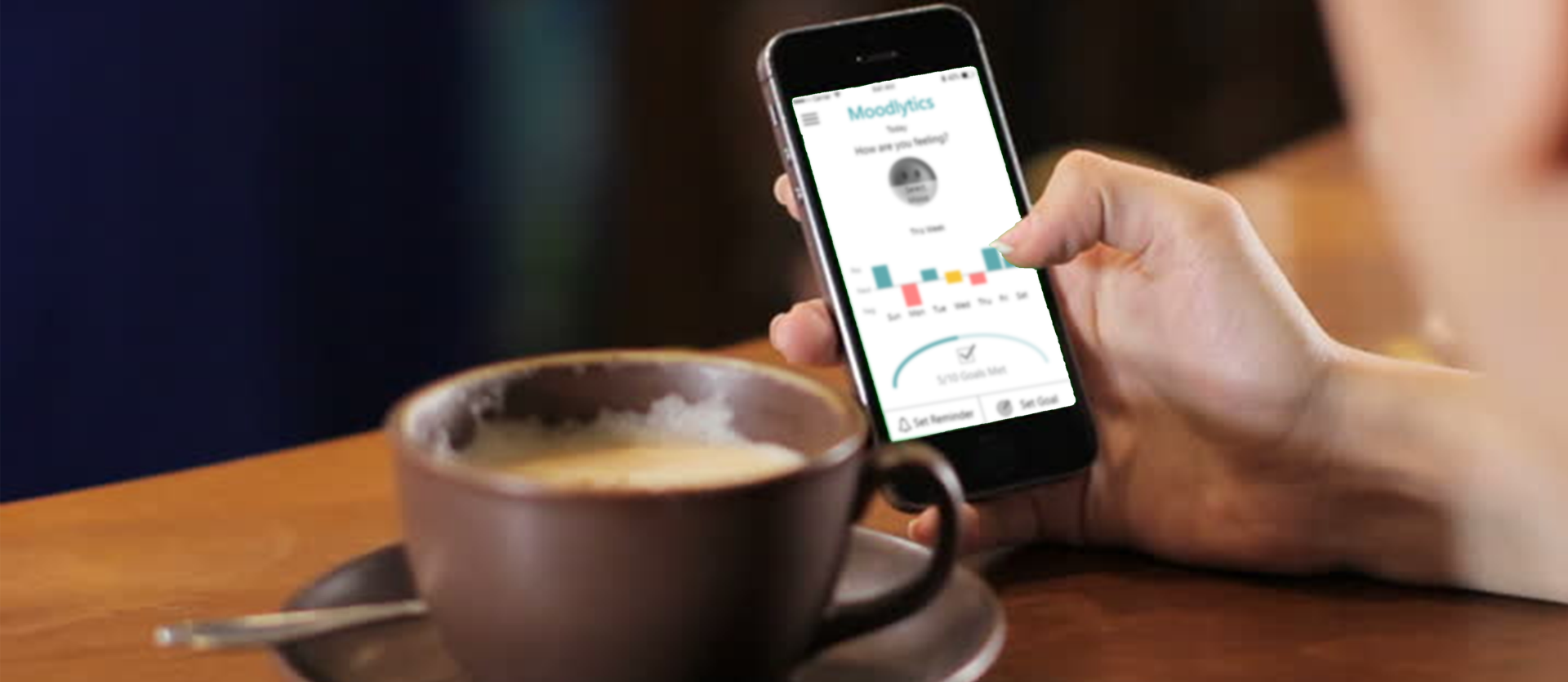
Mood Tracking App
Challenge
Evaluate the Moodlytics mobile app, which aims to help those in need of self-service emotional tracking and treatment because it seems to be falling short of user expectations and long lasting results.
350
million people of all ages suffer from depression.
75%
of depressed patients report barriers to receiving psychological care.
74%
is the dropout rate of standalone intervention for depression.
User Research
Methods used:
Heuristic evaluation and usability testing
Tools used:
Google Forms, A-Z Screen Recorder, Adobe Experience Design (XD)
We conducted an in depth heuristic evaluation of the current product, Moodlytics. This evaluation led us to the following preliminary findings:
Balance upselling vs. overall user experience
Display mood analytics on the homepage
Keep navigation consistent
Reorganize moods and add color coding
We also conducted 4 usability tests with 5 tasks, and our primary findings were:
Aesthetics are outdated and childish
Lack of guidance and tips makes the experience confusing
The major functions of the application are easy to navigate
Ease of use is neither particularly difficult nor easy
Research insight
We believed adoption of this application had been low because of one particularly severe usability issue.
Moodlytics primary feature to “Select a Mood" lists over 40 different moods in no particular order, which led participants to give up before ever finding the most applicable mood.
Prototyping and Testing
Methods used:
Prototyping and AB testing
Tools used:
A-Z Screen Recorder and Adobe XD
We created an updated mobile application in Adobe XD and conducted a comparison study of 40 participants. This study evaluated how quickly it took participants to select a mood in the original app versus the prototype.
The t-test we used to analyze the study's data found a statistically significant difference between the two apps. Participants who used the prototype application took almost half as much time to select a mood than participants who used the original application.
